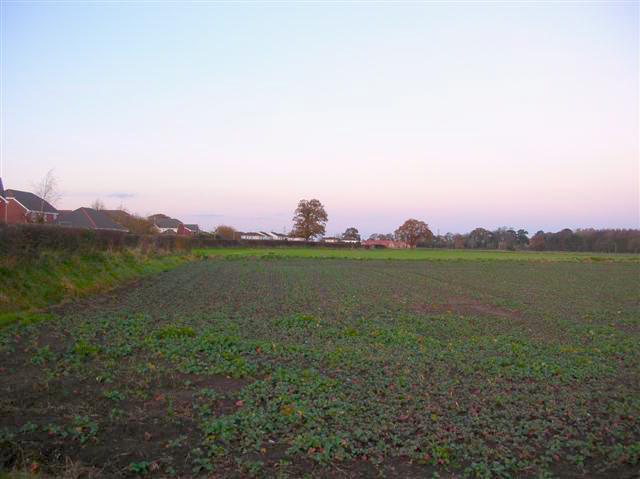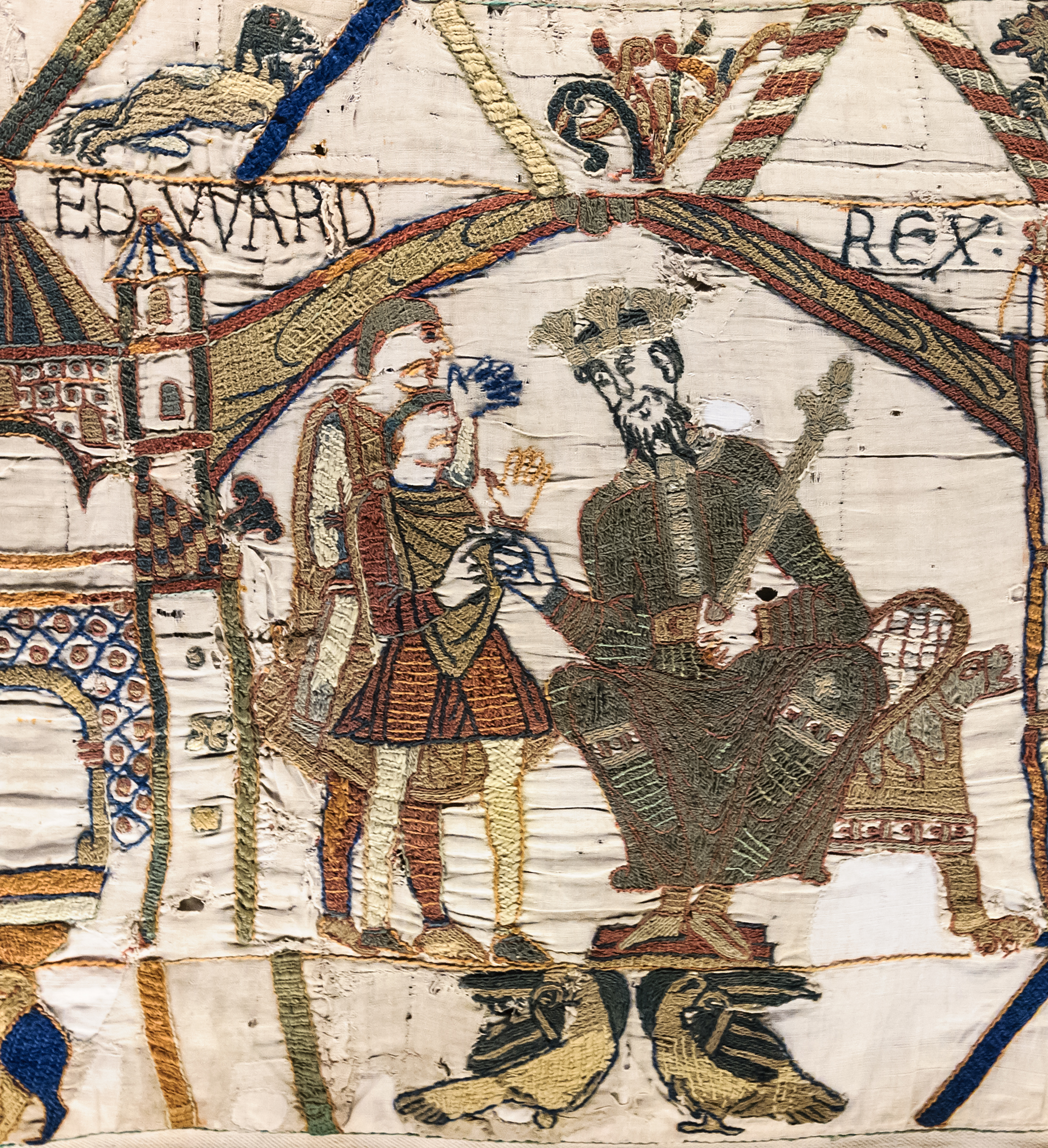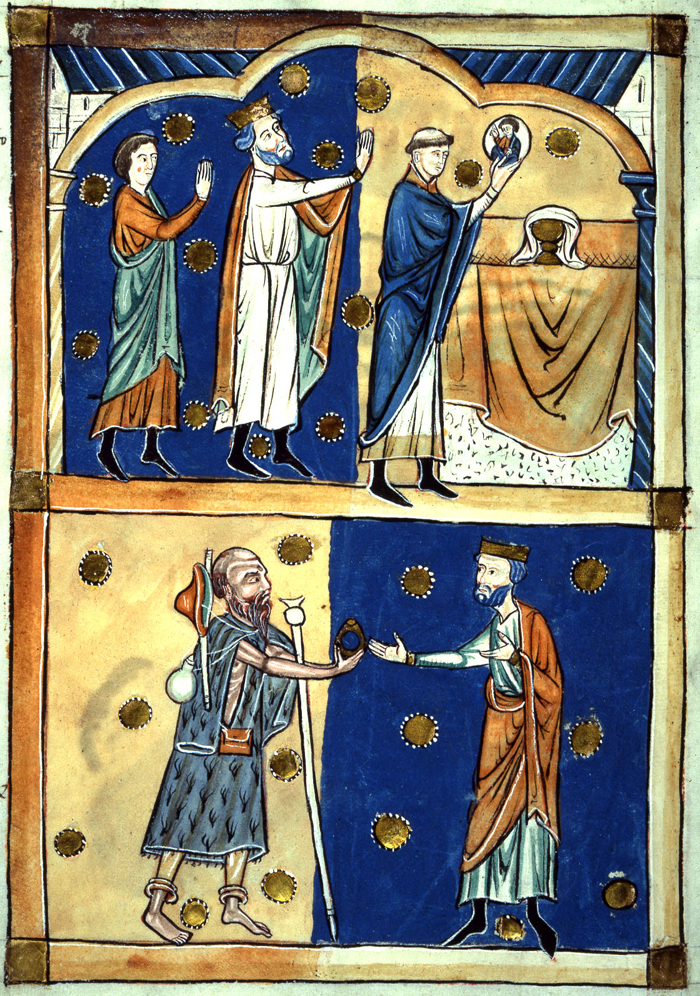|
Earls Of East Anglia
The Earls of East Anglia were governors of East Anglia during the 11th century. The post was established by Cnut in 1017 and disappeared following Ralph Guader's participation in the failed Revolt of the Earls in 1075. Ealdormen of East Anglia Until 917 East Anglia was a kingdom, which from 870 was under Danish control. In that year the East Anglian Danes submitted to King Edward the Elder and East Anglia became part of the expanding Kingdom of England. It is not clear who was placed in charge there, but it is probable that the Ealdorman Æthelfrith of south east Mercia may have been granted authority over the newly restored area by Edward. He died in ''c.''927 and was succeeded by his son, Æthelstan ''Half-King'', a very powerful aristocrat who ruled an extensive territory and witnessed numerous charters from 932, and whose family remained powerful in the area. Danish, English and Norman Earls Following Cnut's conquest of England in 1016, in the following year he divided the ... [...More Info...] [...Related Items...] OR: [Wikipedia] [Google] [Baidu] |
East Anglia
East Anglia is an area of the East of England, often defined as including the counties of Norfolk, Suffolk and Cambridgeshire, with parts of Essex sometimes also included. The name derives from the Anglo-Saxon kingdom of the East Angles, a people whose name originated in Anglia (Angeln), in what is now Northern Germany. East Anglia is a predominantly rural region and contains mainly flat or low-lying and agricultural land. The area is known for considerable natural beauty. It shares a long North Sea coastline and contains one of the ten national parks in England, The Broads. Norwich is the largest city in the region. Area Definitions of what constitutes East Anglia vary. The Anglo-Saxon Kingdom of East Anglia, established in the 6th century, originally consisted of the modern counties of Norfolk and Suffolk and expanded west into at least part of Cambridgeshire, typically the northernmost parts known as The Fens. The modern NUTS 2 statistical unit of East Anglia compri ... [...More Info...] [...Related Items...] OR: [Wikipedia] [Google] [Baidu] |
Thorkell The Tall
Thorkell the Tall, also known as Thorkell the High in the ''Anglo-Saxon Chronicle'' (Old Norse: Þorke(ti)ll inn hávi; ; Swedish: ''Torkel Höge''; ), was a prominent member of the Jomsviking order and a notable lord. He was a son of the Scanian chieftain Strut-Harald, and a brother of Jarl Sigvaldi, Hemingr and Tófa. Thorkell was the chief commander of the Jomsvikings and the legendary stronghold Jomsborg, on the Island of Wollin. He is also credited as having received the young Cnut the Great into his care and taken Cnut on raids. The '' Encomium Emmae,'' a document concerning significant individuals in the Anglo-Scandinavian court in the early 1040s, describes Thorkell as a great war leader and warrior. Thorkell notably partook in a campaign that saw him lead an army to Kent in the summer of 1009, where they proceeded to ravage most of Southern England. This soon culminated in the siege of Canterbury in 1011 and the kidnapping of archbishop Ælfheah, who had previou ... [...More Info...] [...Related Items...] OR: [Wikipedia] [Google] [Baidu] |
Brittany
Brittany ( ) is a peninsula, historical country and cultural area in the north-west of modern France, covering the western part of what was known as Armorica in Roman Gaul. It became an Kingdom of Brittany, independent kingdom and then a Duchy of Brittany, duchy before being Union of Brittany and France, united with the Kingdom of France in 1532 as a provinces of France, province governed as a separate nation under the crown. Brittany is the traditional homeland of the Breton people and is one of the six Celtic nations, retaining Culture of Brittany, a distinct cultural identity that reflects History of Brittany, its history. Brittany has also been referred to as Little Britain (as opposed to Great Britain, with which it shares an etymology). It is bordered by the English Channel to the north, Normandy to the northeast, eastern Pays de la Loire to the southeast, the Bay of Biscay to the south, and the Celtic Sea and the Atlantic Ocean to the west. Its land area is 34,023 ... [...More Info...] [...Related Items...] OR: [Wikipedia] [Google] [Baidu] |
Breton People
The Bretons (; or , ) are an ethnic group native to Brittany, north-western France. Originally, the demonym designated groups of Brittonic speakers who emigrated from southwestern Great Britain, particularly Cornwall and Devon, mostly during the Anglo-Saxon settlement of Britain. They migrated in waves from the 3rd to 9th century (most heavily from 450 to 600) to Armorica. The region was subsequently named after them, as were the inhabitants of Armorica as a whole. The main traditional language of Brittany is Breton (''Brezhoneg''), spoken in Lower Brittany (i.e., the western part of the peninsula). Breton is spoken by around 206,000 people as of 2013. The other principal minority language of Brittany is Gallo; Gallo is spoken only in Upper Brittany, where Breton used to be spoken as well but it has seen a decline and has been less dominant in Upper Brittany since around the year 900. Currently, most Bretons' native language is standard French. Historically, Brittany a ... [...More Info...] [...Related Items...] OR: [Wikipedia] [Google] [Baidu] |
Ralph The Staller
Ralph the Staller or Ralf the Englishman (died 1069/70) was a noble and landowner in both Anglo-Saxon and post-Conquest England. He first appears in charters from Brittany, where he was described as Ralph / Ralf the Englishman, and it was in Brittany that his son Ralph de Gaël held a large hereditary lordship. The exact nature of his connections to England and Brittany are uncertain. Although he was clearly present in England before 1066 his name Ralph (Radulphus, Ralf, Rauf, Raoul etc.) was continental, and not English. The Anglo-Saxon Chronicle contrasts him with his unnamed wife (whom it describes as a Breton), saying that he was born in Norfolk, while both the Norman writer William of Malmesbury and the chronicle of the abbey of Saint-Riquier in France (where he made a grant) describe Ralph the staller as a Breton. Modern historians such as Ann Williams have suggested that his father came to England with Emma of Normandy when she married Aethelred II in 1002. She sugges ... [...More Info...] [...Related Items...] OR: [Wikipedia] [Google] [Baidu] |
William The Conqueror
William the Conqueror (Bates ''William the Conqueror'' p. 33– 9 September 1087), sometimes called William the Bastard, was the first Norman king of England (as William I), reigning from 1066 until his death. A descendant of Rollo, he was Duke of Normandy (as William II) from 1035 onward. By 1060, following a long struggle, his hold on Normandy was secure. In 1066, following the death of Edward the Confessor, William invaded England, leading a Franco-Norman army to victory over the Anglo-Saxon forces of Harold Godwinson at the Battle of Hastings, and suppressed subsequent English revolts in what has become known as the Norman Conquest. The rest of his life was marked by struggles to consolidate his hold over England and his continental lands, and by difficulties with his eldest son, Robert Curthose. William was the son of the unmarried Duke Robert I of Normandy and his mistress Herleva. His Legitimacy (family law), illegitimate status and youth caused some difficulties for h ... [...More Info...] [...Related Items...] OR: [Wikipedia] [Google] [Baidu] |
Norman Conquest Of England
The Norman Conquest (or the Conquest) was the 11th-century invasion and occupation of England by an army made up of thousands of Normans, Norman, French people, French, Flemish people, Flemish, and Bretons, Breton troops, all led by the Duke of Normandy, later styled William the Conqueror. William's claim to the English throne derived from his familial relationship with the childless Anglo-Saxon king Edward the Confessor, who may have encouraged William's hopes for the throne. Edward died in January 1066 and was succeeded by his brother-in-law Harold Godwinson. The Norwegian king Harald Hardrada invaded northern England in September 1066 and was victorious at the Battle of Fulford on 20 September, but Godwinson's army defeated and killed Hardrada at the Battle of Stamford Bridge on 25 September. Three days later on 28 September, William's invasion force of thousands of men and hundreds of ships landed at Pevensey in Sussex in southern England. Harold marched south to oppose ... [...More Info...] [...Related Items...] OR: [Wikipedia] [Google] [Baidu] |
Battle Of Hastings
The Battle of Hastings was fought on 14 October 1066 between the Norman-French army of William, Duke of Normandy, and an English army under the Anglo-Saxon King Harold Godwinson, beginning the Norman Conquest of England. It took place approximately northwest of Hastings, close to the present-day town of Battle, East Sussex, and was a decisive Norman victory. The background to the battle was the death of the childless King Edward the Confessor in January 1066, which set up a succession struggle between several claimants to his throne. Harold was crowned king shortly after Edward's death but faced invasions by William, his own brother Tostig, and the Norwegian king Harald Hardrada (Harold III of Norway). Hardrada and Tostig defeated a hastily gathered army of Englishmen at the Battle of Fulford on 20 September 1066. They were in turn defeated by Harold at the Battle of Stamford Bridge on 25 September. The deaths of Tostig and Hardrada at Stamford Bridge left William as ... [...More Info...] [...Related Items...] OR: [Wikipedia] [Google] [Baidu] |
Gyrth Godwinson
Gyrth Godwinson (Old English: ''Gyrð Godƿinson''; 1032 – 14 October 1066) was the fourth son of Earl Godwin, and thus a younger brother of Harold Godwinson. He went with his eldest brother Sweyn into exile to Flanders in 1051, but unlike Sweyn he was able to return with the rest of the clan the following year. Along with his brothers Harold and Tostig, Gyrth was present at his father's death-bed. Biography Following the death of his father in April 1053, the Godwinsons managed to retain their hold on England. Harold inherited the Earldom of Wessex and became second in power only to the king. Gyrth was made Earl of East Anglia, Cambridgeshire and Oxfordshire some time between 1055 and 1057. Together with his brother Leofwine's Earldoms of Kent, Essex, Middlesex, Hertford, Surrey and probably Buckinghamshire the Godwinsons now controlled the entirety of East England. According to Orderic Vitalis and William of Malmesbury, Gyrth tried (ineffectually) to prevent Harold from ... [...More Info...] [...Related Items...] OR: [Wikipedia] [Google] [Baidu] |
Leofric, Earl Of Mercia
Leofric (died 31 August or 30 September 1057) was an Earl of Mercia. He founded monasteries at Coventry and Much Wenlock and was a very powerful earl under King Cnut and his successors. Leofric was the husband of Lady Godiva. Life Leofric was the son of Leofwine, Ealdorman of the Hwicce, who witnessed a charter in 997 for King Æthelred II. Leofric had three brothers: Northman, Edwin and Godwine. It is likely that Northman is the same as ''Northman Miles'' ("Northman the knight") to whom King Æthelred II granted the village of Twywell in Northamptonshire in 1013. Northman, according to the Chronicle of Crowland Abbey, the reliability of which is often doubted by historians, says he was a retainer (knight) of Eadric Streona, the Earl of Mercia.Baxter, ''Earls of Mercia'', pp. 29–30, and n. 45 for reference It adds that Northman was killed on Cnut's orders along with Eadric and others. Cnut then ''"made Leofric ealdorman in place of his brother Northman, and afterwar ... [...More Info...] [...Related Items...] OR: [Wikipedia] [Google] [Baidu] |
Ælfgar, Earl Of Mercia
Ælfgar (died ) was the son of Leofric, Earl of Mercia, by his famous wife Godgifu ( Lady Godiva). He succeeded to his father's title, Earl of Mercia, and responsibilities on the latter's death in 1057. He gained the additional title of Earl of East Anglia, but also was exiled for a time. Through the first marriage of his daughter he became father-in-law to Welsh king Gruffydd ap Llywelyn. A few years after Ælfgar's death, his daughter became a widow and married Harold Godwinson, the last king of Anglo-Saxon England. War and exile Ælfgar profited from the exile of Earl Godwin of Wessex and his sons in 1051. He was given the Earldom of East Anglia, which had been that of Harold, son of Godwin. Earl Godwin and King Edward were reconciled the following year, so Harold was restored to his earldom—but not for long. At Easter 1053 Godwin died, so Harold became Earl of Wessex, and the earldom of East Anglia returned to Ælfgar.Ann Williams, 'Ælfgar, earl of Mercia (d. 1060)’ ... [...More Info...] [...Related Items...] OR: [Wikipedia] [Google] [Baidu] |
House Of Godwin
The House of Godwin (Old English: ''Godƿine'') was the house consisting of the Anglo-Saxons, Anglo-Saxon family who were one of the leading noble families in England during the last fifty years before the Norman conquest of England, Norman Conquest. Its most famous member was Harold Godwinson, King of England for nine months in 1066. The founder of the family's greatness, Godwin, Earl of Wessex, Earl Godwin, was raised from comparative obscurity by Cnut the Great, King Cnut and given the Earl of Wessex, Earldom of Wessex 1018–1019. He retained his position during the reigns of Cnut's sons Harold Harefoot and Harthacnut, and consolidated it when King Edward the Confessor conferred earldoms on Sweyn Godwinson, Sweyn and Harold, Godwin's two eldest sons by his Danish wife Gytha Thorkelsdóttir, Gytha. The family survived a short-lived exile in Flanders 1051–1052. After Godwin's death in 1053, his sons held the earldoms of Wessex, Earl of East Anglia, East Anglia, and later ... [...More Info...] [...Related Items...] OR: [Wikipedia] [Google] [Baidu] |






